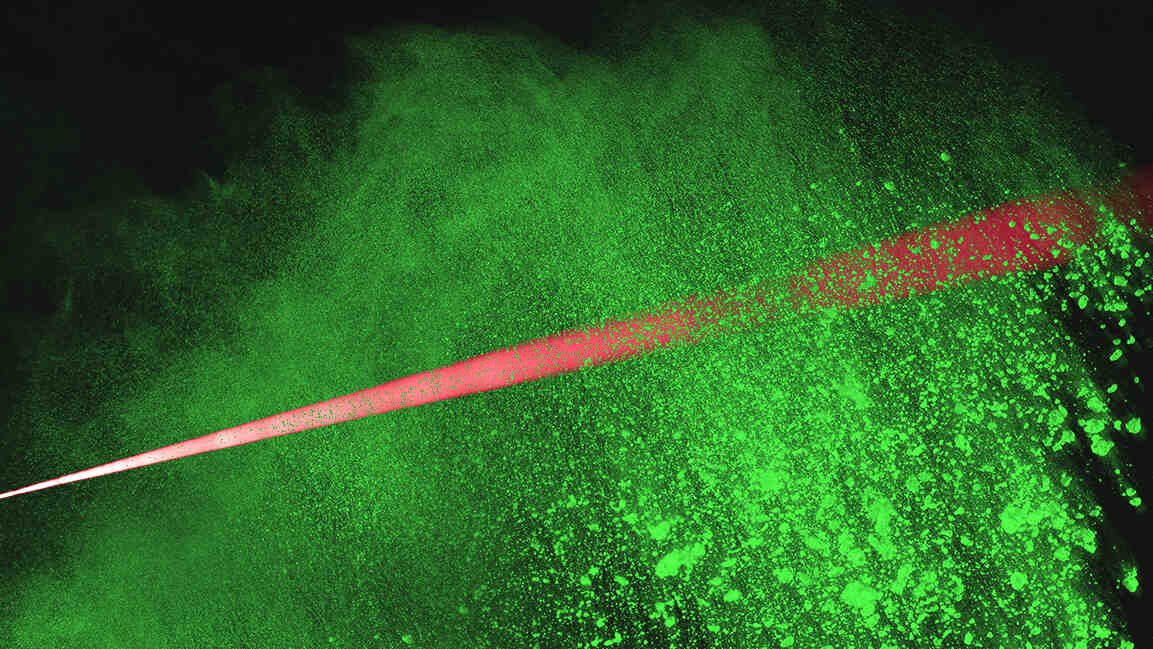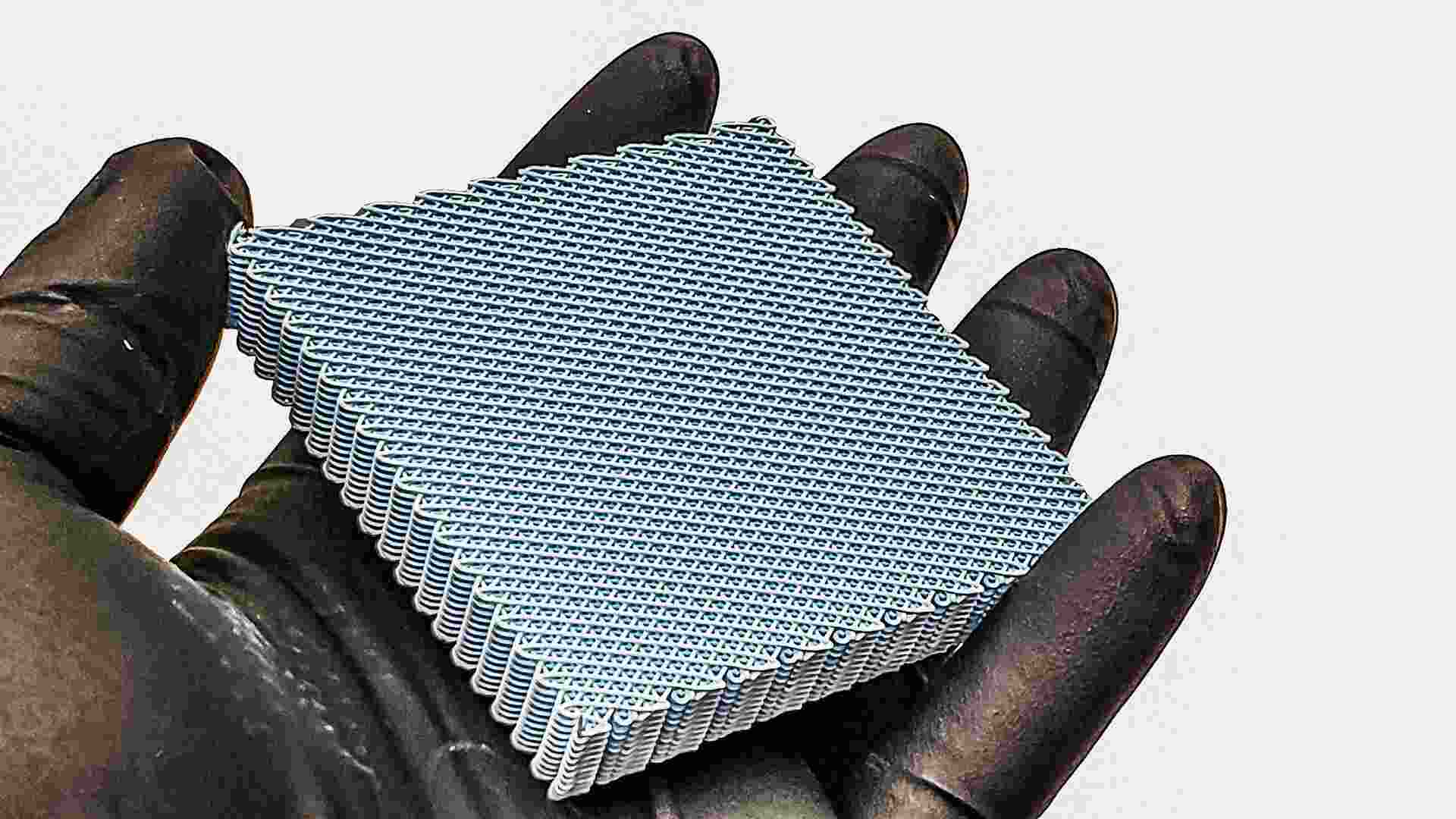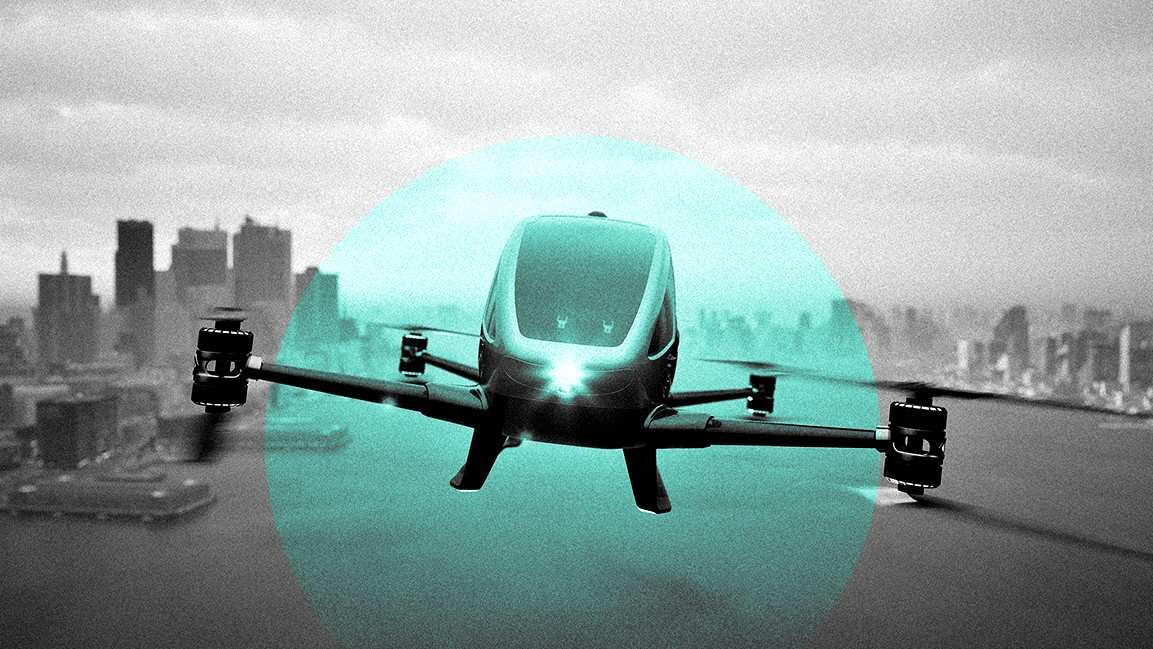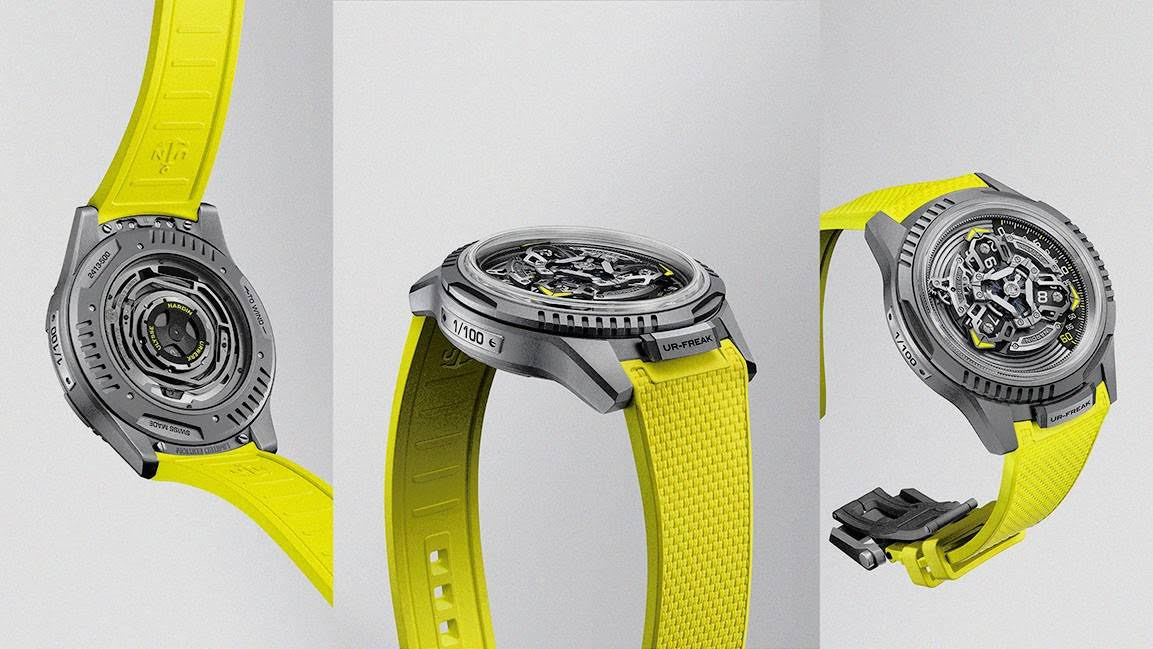- | 1:00 pm
UAE tests world-first laser system to boost rainfall and tackle water scarcity
The next phase will involve field testing equipped with AI-powered remote sensing to monitor atmospheric reactions in real time.

The UAE has advanced its efforts to tackle global water scarcity by testing a world-first laser system designed to stimulate rainfall in arid regions. The initiative, part of the UAE Research Program for Rain Enhancement Science (UAEREP), marks a significant milestone in the country’s drive to harness cutting-edge technology for climate resilience and long-term water security.
A midterm review was recently held at the Technology Innovation Institute (TII), where researchers are leading the Cycle 5 project, Laser-Based Rain Triggering Demonstrator with Remote Sensing Technology.
The next phase will involve field testing using a Mobile High-Power Pulsed Laser Demonstrator, equipped with AI-powered remote sensing to monitor atmospheric reactions in real time across various locations in the UAE.
The team is collaborating with international research institutions, including the University of Hyogo (Japan) for cloud simulations, the Southern University of Science and Technology (China) for laser–microphysics studies, and Empa (Switzerland) for AI-driven LiDAR analysis.
These models replicate the UAE’s unique cloud dynamics—from convective development over the Hajar Mountains to summer boundary-layer clouds in the western region—ensuring local relevance and global scalability.
Dr. Abdulla Al Mandous, President of the World Meteorological Organization and Director-General of the National Centre of Meteorology (NCM), said the NCM remains committed to adopting advanced technologies that deliver measurable progress in addressing water scarcity challenges.
Alya Al Mazroui, Director of UAEREP, described the project as positioning the UAE “at the forefront of innovation in laser-based rainfall enhancement,” combining experimental physics, atmospheric modeling, and AI diagnostics to explore new frontiers in weather modification.
During the review, researchers unveiled a hybrid femtosecond–nanosecond multi-laser system that increases power and efficiency while minimizing operational risks. A remote sensing suite integrating spectroscopy and multi-wavelength LiDAR now enables real-time tracking of droplet formation.































